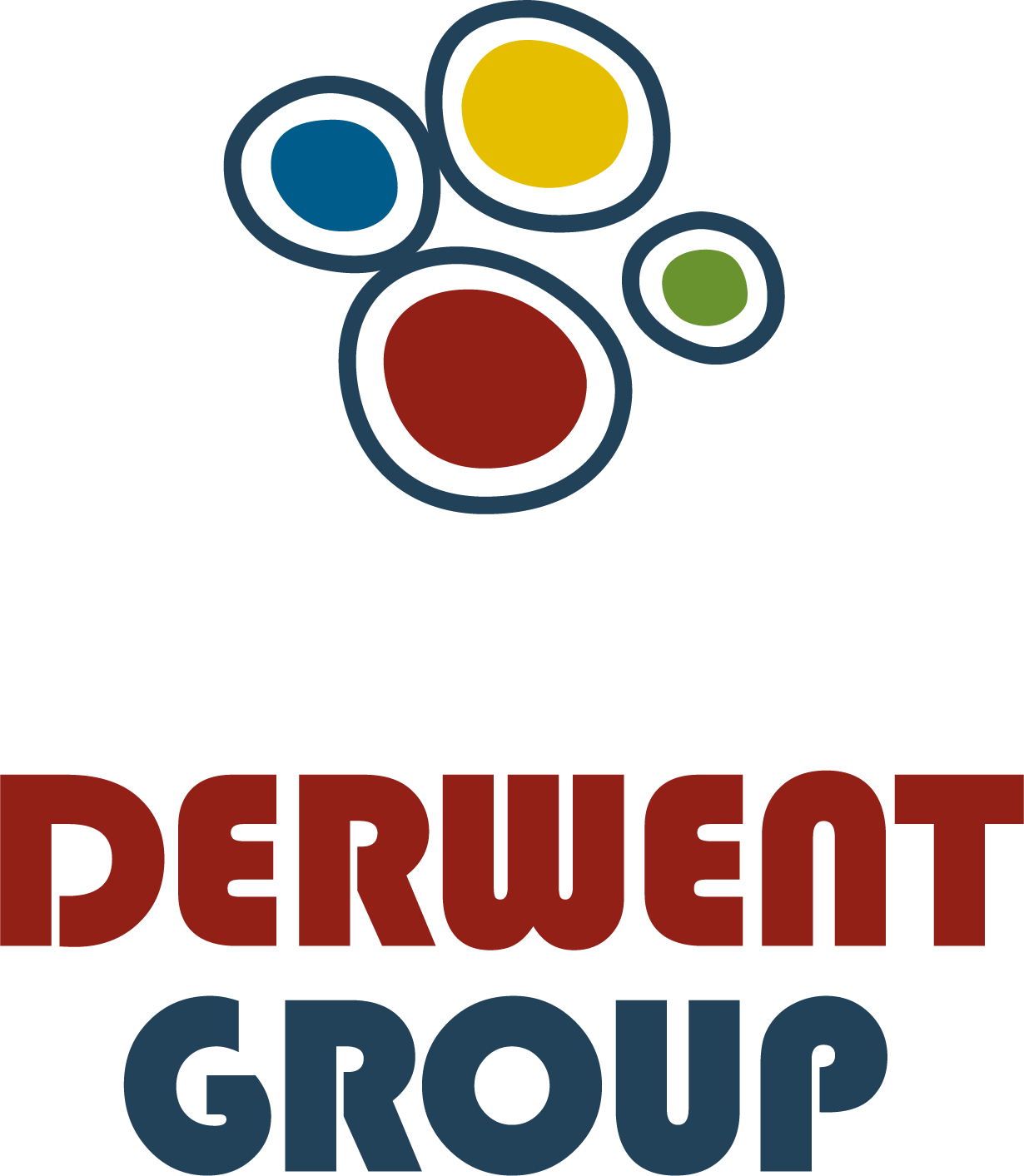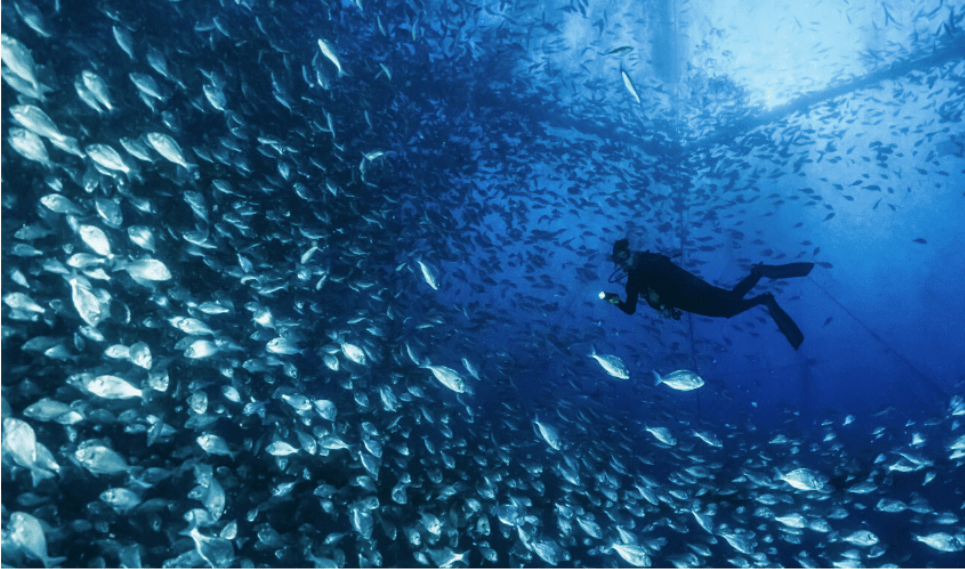Animal welfare in aquaculture is a topic that is generating lots of buzz in the media, and at Derwent, we wanted to shed some light on an issue that can sometimes be controversial. Let’s start with the definition of welfare, which in some cases is reduced to the absence of negative factors such as injury or illness, but at Derwent, we believe that it should also include positive measures so that animals have enough freedom to engage in their natural behavior. In recent years, concerns about welfare have grown after the appearance of studies suggesting that fish, as higher vertebrates, feel pain and suffer. The aquaculture sector has advanced rapidly in recent years, and although the belief is that there is no regulation governing fish welfare, in reality, the Treaty on European Union recognises that animals are sentient beings and that their welfare must be taken into consideration. In fact, there are numerous regulations on animal welfare that specifically include fish in their wording, such as the General Directive on Agriculture (Directive 98/58/EC) and Regulation (EU) 2016/429 (Animal Health Law).
In one of its latest recommendations on animal welfare (which entered into force on 5 June 2006), the Council of Europe establishes guidelines to protect fish during their rearing, including care, facilities, equipment and management of the farm. It specifies that suitable living conditions for fish must be guaranteed in terms of health and the biological characteristics of each species. It is widely believed that farmed fish are crowded in cages or tanks where they have little space, but this idea is far removed from reality. In fact, fish only occupy 5% of the volume of water in the cage, but their tendency to aggregate as schools can make it seem as if the fish do not have enough space for their development. Besides the fact that they move as schools or shoals (which brings them numerous benefits, such as safety from predators and greater hydrodynamic efficiency), they are usually photographed at the moment they are feeding, when the fish come to the surface. At Derwent, we consider the living conditions of fish from the design to the execution of our projects, generating the most suitable conditions for their development and welfare. Regarding transport, fish must be transported with appropriate planning to avoid delays that could harm them. In addition, the truck designs must be suitable, and the transporters must be trained in animal welfare.
Do fish feel pain?
Fish slaughter is the subject that generates the most controversy today. Regulation 1099/2009 of the Council of the European Union states that fish shall be spared any avoidable pain, distress or suffering, although the regulation does not specify the methods to be used to avoid this suffering.
The World Organisation for Animal Health (OIE) and the European Food Safety Authority (EFSA) view percussive stunning and electrical stunning systems as the best methods to guarantee a death with the least possible suffering. Other methods are also viable, in their opinion, for certain species. They point out that although a great deal of research has been conducted on this subject, there is still much work to be done to minimise the risks.
As mentioned above, this is an issue of growing importance, and it is being addressed by various institutions, such as the Council of Europe, the European Commission, the OIE, the FAO and APROMAR, among others. As an indication of its importance, it should be noted that fish welfare has been a subject of debate in the European Parliament during the past year, leading to the statement that animal welfare must be integrated into the development of aquaculture in the European Union.
At Derwent, we believe that more work needs to be done on fish welfare to help improve consumers’ perception of aquaculture, which owes its bad reputation to past mistakes in the industry’s early days and the lack of consumer engagement with the aquaculture world. In view of the limited scientific knowledge on this subject, we must refrain from making hasty or inadequate decisions. Also, we must always be mindful of factors such as the safety of workers and consumers, the environmental impact, and of course, the welfare of the fish.
Sources: IPACUICULTURA, EUROPA-AZUL.ES, MISPECES.COM, FAO, APROMAR, AQUACULTURE ADVISORY COUNCIL

